Waterproof and water-resistant. It can be hard to tell the difference, especially if you don’t know what to look for. In this article, we will discuss the key differences. We will also provide some tips on choosing the right one for your needs. So, whether you are looking for a new jacket or just curious about the topic, read on!
What Does Water-Resistant Mean?
For example, many phones are now marketed as water-resistant. If you accidentally drop your phone in a puddle, it probably won’t break. However, you shouldn’t take your phone swimming with you because it likely won’t survive being submerged for an extended period of time.
Water resistance is usually measured in terms of how long an object can withstand being exposed to water. For example, a watch might be rated as water-resistant up to 30 m. It can be submerged in water up to 30 m deep without being damaged. [1]
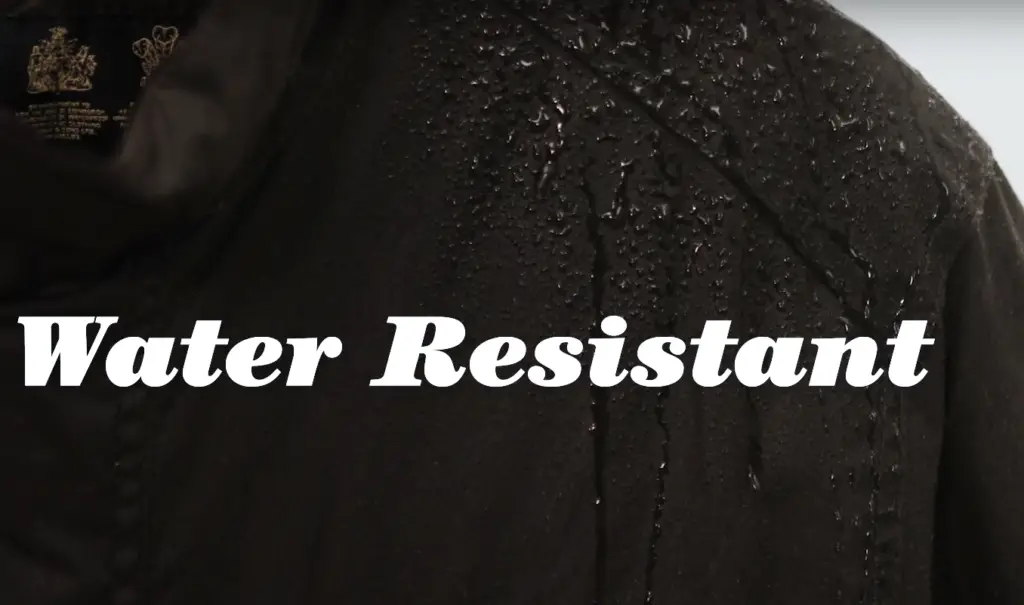
What Does Waterproof Mean?
Waterproof products are great for swimming, fishing, and hiking in wet conditions. They will keep you dry and comfortable no matter what the weather throws at you.
However, waterproof products have their limitations. For example, they are not breathable, so if you wear a waterproof jacket while hiking, you will likely get very sweaty and uncomfortable. In addition, waterproof products can be quite expensive.
Difference Between Water-Resistant and Waterproof
The main difference between water resistance and waterproofing is the amount of time each can withstand being submerged in water. Water-resistant materials can usually withstand being submerged for up to 30 min, while waterproof materials can typically last for several hours.
Waterproof materials are also typically more expensive.
Definition
Water-resistant refers to something that is able to resist water or withstand being splashed with water. Water-resistant materials are often used in clothing, shoes, and other apparel. They can also be used in electronics, such as phones and watches.
Some examples of water-resistant materials include:
- Nylon;
- Polyester;
- Leather;
- Waxed cotton;
- Gore-Tex;
Waterproof refers to something that is impervious to water. This means that the material will not be damaged by coming into contact with water, no matter how long it is submerged.
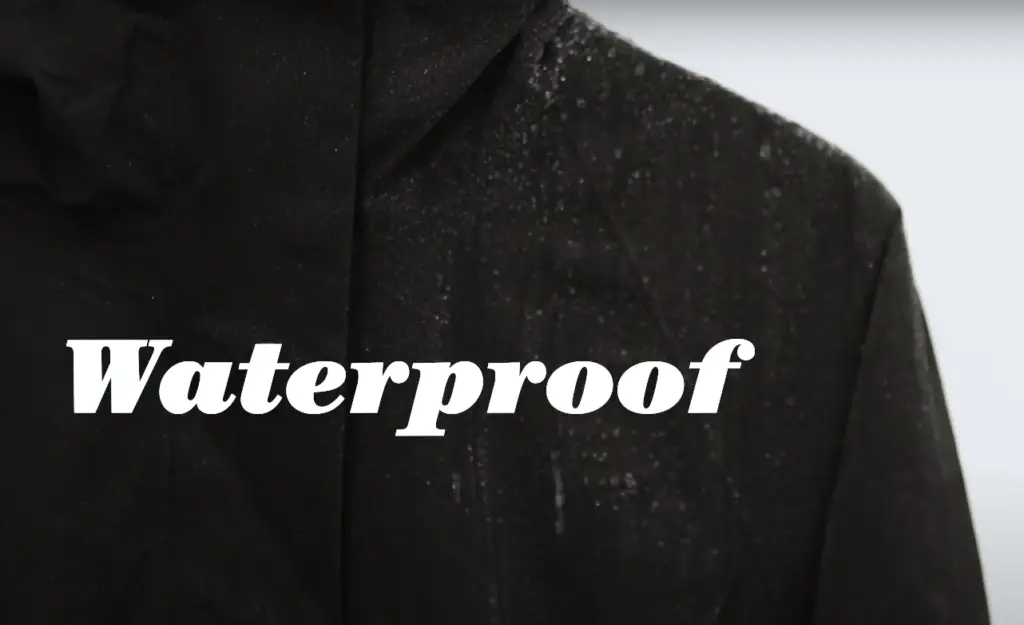
Waterproof materials are often used in outdoor gear, such as tents and sleeping bags. They can also be used in electronics, such as cameras and phones.
Some examples of waterproof materials include:
- PVC;
- TPU;
- Neoprene;
- EPDM rubber;
Protection From Water
Both materials can provide protection from water. However, waterproof materials will typically provide more protection than water-resistant materials.
This is because waterproof materials are designed to withstand being submerged in water for long periods of time. In contrast, water-resistant materials are only designed to resist splashes or brief contact with water.
If you need clothing or gear that will be exposed to heavy rain or submersion in water, then you should choose waterproof over water-resistant.
However, if you only need protection from light rain or splashes of water, then a water-resistant material may be all you need.
Permanency
Waterproof materials are typically more permanent. This means that once a material is waterproof, it will continue to be waterproof after repeated exposure to water.
On the other hand, water-resistant materials may lose their resistance over time. This is because the materials can degrade when exposed to water repeatedly. [3]
Pros and Cons
There are a few key differences between the two that you should know about. Here’s a look at some of the pros and cons of each.
Water-Resistant Pros:
- Can usually withstand brief exposure to water or rain;
- Less expensive than waterproof options;
Water-Resistant Cons:
- Not as durable as waterproof options;
- Might not be suitable for extended periods in water or very heavy rain;
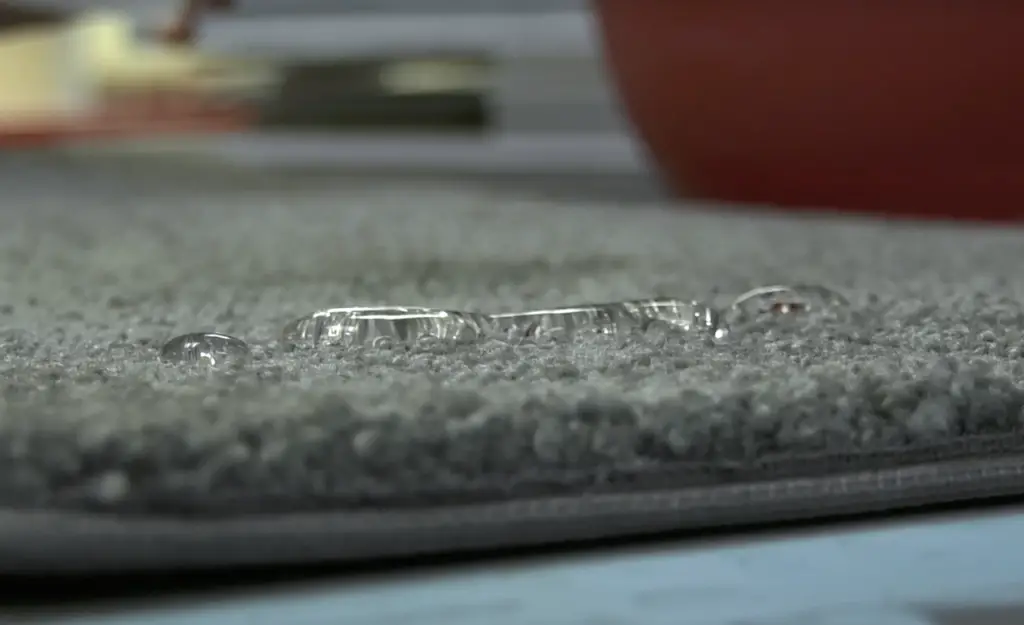
Waterproof Pros:
- Will keep your feet dry even when submerged in water;
- More durable;
- May be more comfortable in warm weather since they don’t absorb as much water;
Waterproof Cons:
- Usually more expensive;
- Might not be as breathable, which can lead to sweaty feet;
What About Splashproof?
Splashproof is a term that gets thrown around a lot, but it doesn’t actually have a solid definition. Generally, it means that the product in question can protect against light exposure to water – think rain or accidental spills – but isn’t meant to be fully immersed.
So, if you’re looking for something that can stand up to more than just light exposure, you’ll want to focus on products that are either waterproof or water-resistant. But what’s the difference between the two? Let’s take a closer look.
Water-resistant items are designed to keep water out under normal circumstances. This could include short periods of time in the rain or everyday activities like doing the dishes. Waterproof items, on the other hand, are designed to keep water out even in more extreme circumstances – think long periods of time in the rain or being submerged in water.
To be considered waterproof, an item must have a rating of IPX-0 through IPX-99. The higher the number, the more protected the item is against water. For example, an item with a rating of IPX-0 has no protection against water while an item with a rating of IPX-99 can withstand extended exposure to high-pressure and high-temperature water. [4]
Most products that claim to be waterproof actually have a water-resistant rating. This is because it’s challenging – and expensive – to create something that’s truly waterproof. Waterproof products are typically only found in specialized industries, like scuba diving or whitewater rafting.
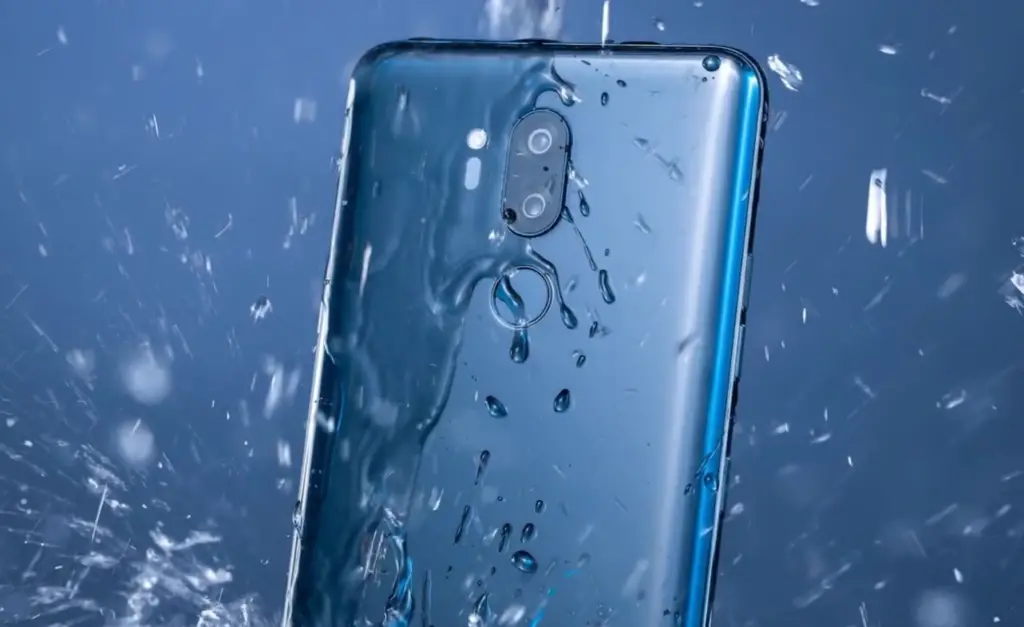
So, when you’re shopping for something that needs to stand up to water, be sure to pay attention to the rating. If you need something that can withstand more than just light exposure, look for a product with a waterproof or water-resistant rating.
What Does the “IP” Rating Mean?
For example, an IP rating of “54″ would mean that the product is protected against dust (level five) and water spray from all directions (level four).
You might also see a third digit following the IP rating. This refers to additional resistance to impact or pressure and is only used for products that are designed for special applications, such as diving watches.
The IP rating system is widely used, but it’s not the only way of measuring a product’s waterproof or water-resistant qualities. Another method is the ‘MIL-STD’ (military standard) test, which is often used for products that are designed for use in extreme environments, such as military equipment.
What Exactly Does Waterproof Mean?
A product that is described as waterproof has been designed to be completely impervious to water. This means that it will keep out water even when it’s submerged in it.
Waterproof products are usually tested by being placed in a water tank and then monitored to see if any water gets inside. The product will only pass the test if it remains completely dry on the inside.
The main difference between waterproof and water-resistant is that waterproof products are designed to keep out water completely, while water-resistant products are only designed to resist water to a certain extent.
It’s important to consider what you’ll be using it for. If you need a product that can withstand being submerged in water, then you should choose a waterproof product. If you only need a product that can resist water to a certain extent, then a water-resistant product will be sufficient.
Another common misconception is that all waterproof products are also water-resistant. This isn’t the case – some waterproof products are designed for specific applications and aren’t necessarily resistant to all types of water.
For example, there are some waterproof cameras that can be used underwater but they’re not necessarily resistant to other liquids, such as oil or chemicals.
Just remember to check the IP rating and make sure you know what you’ll be using it for before you make your purchase.
IP44
Level four: “Resistant to water splashing from any direction.”
Water-resistant watches are tested by the International Organization for Standardization, which sets standards for pretty much everything. The ISO 228-107 standard test for watches has three main parameters that a watch must meet in order to receive a passing grade: resistance to shock (a three-meter drop onto concrete), resistance to vibration (using an electro-dynamic shaker), and resistance to corrosion (immersion in salt water). A watch must also withstand thermal shocks (heating to 140 degrees Fahrenheit followed by cooling in ice water), as well as humidity and low-pressure tests.
IP55
Level five: “Resistant to water spray from any direction.”
A product with an IP55 rating is protected against low-pressure water jets from any direction. This means that it can resist a jet of water, but it’s not necessarily waterproof.
IP55 products are often used in outdoor applications, as they can withstand exposure to the elements. For example, IP55-rated electrical enclosures are commonly used in outdoor settings, as they can protect the equipment inside from rain and dust.
IP66
Level six: “Resistant to heavy seas or powerful jets of water.”
IP66-rated products are designed to withstand high-pressure water jets, making them ideal for outdoor use. They’re often used in industrial settings, as they can resist strong cleaning agents and high-pressure hoses.
One common type of IP66-rated product is the outdoor electrical enclosure. These enclosures are designed to protect equipment from harsh weather conditions and can be found in a variety of industries, including construction, mining, and oil & gas.
IP67
Level seven: “Resistant to immersion in water up to one meter.”
IP67-rated products are designed to be submerged in up to one meter of water for up to 30 min. They’re often used in aquatic environments, as they can resist corrosion from salt water and chlorine.
One common type of IP67-rated product is the underwater camera. These cameras are designed to be used in depths up to 50 meters and can withstand being submerged for long periods of time. [5]
How Does the Weather Affect Water Resistance?
Water resistance is a term you probably hear a lot when it comes to watches, jackets, shoes, and other gear. But what does it actually mean?
And more importantly, how does it differ from waterproof?
Let’s start with the basics. Water resistance is a measure of how well an object can repel water. The higher the water resistance rating, the longer an object can withstand being submerged in water.
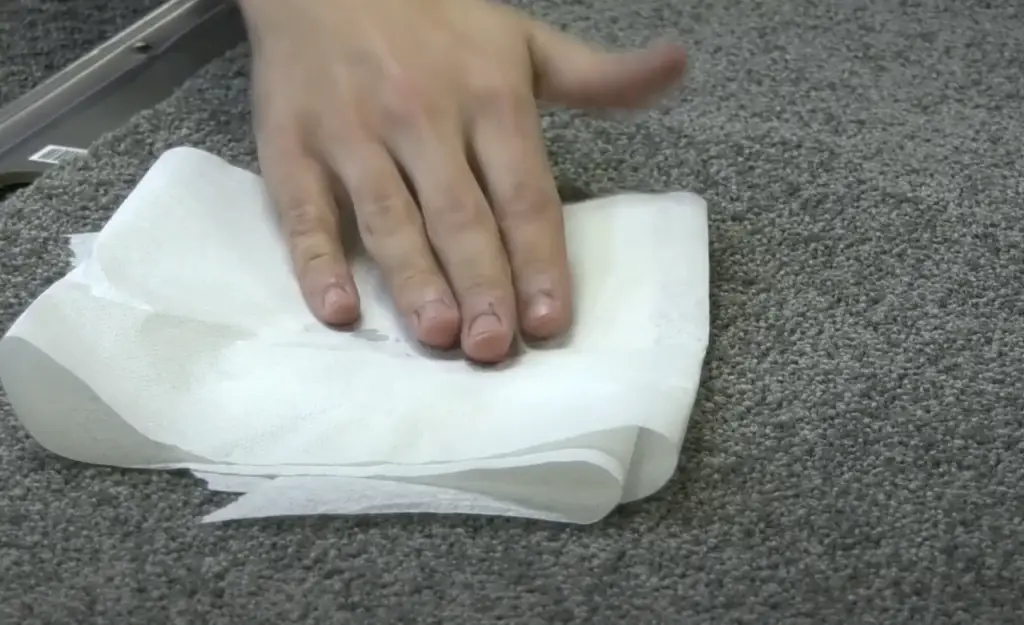
Waterproof, on the other hand, means that an object is completely impervious to water. No matter how long it’s submerged or how much pressure is applied, water will not penetrate the material. [6]
Additional Considerations
When it comes to water resistance, there are a few additional things you should keep in mind:
- First, water-resistant materials will only stay that way for a certain amount of time. Depending on the material, it could be a few months or even years, but eventually, the water-resistant coating will start to wear off and will need to be reapplied;
- Second, while water-resistant materials can withstand some exposure to water, they’re not designed for long periods in wet conditions. So if you’re planning on being in the water, or if you know you’ll be getting wet (think: swimming, kayaking, etc.), you’ll want to opt for waterproof materials;
- Finally, it’s important to remember that water-resistant and waterproof are not the same as weatherproof. These materials will protect against water damage, but they won’t necessarily protect against other elements like wind or sun damage. So if you need protection from the elements, be sure to choose materials that are specifically designed for that purpose;
FAQ
What is better: water-resistant or waterproof?
This debate is one that has been around for a while. There is no clear answer, as it depends on what you need the product for.
Here are some things to consider when making your decision:
- How will you be using the product;
- What kind of environment will you be using the product in;
- Do you need the product to last for a long time;
If you need a product that can withstand being submerged in water for long periods of time, then waterproof is the way to go. Waterproof products are designed to keep water out completely. On the other hand, water-resistant products are not meant to be submerged in water but can withstand some exposure to it.
It is important to remember that both products can lose their effectiveness over time. If you plan on using the product in a watery environment, it is best to check the manufacturer’s instructions on how often the product needs to be replaced.
Is waterproof and water resistance the same thing?
The quick answer is no. They are not the same thing. In fact, they’re quite different.
Waterproof means that an item, usually clothing, is impervious to water. Water will not penetrate the item. On the other hand, water resistance means that an item can resist some amount of water but it’s not completely waterproof.
Here’s a more detailed explanation of the difference.
Water-resistant items are often used in activities where there is a chance of coming into contact with water but the item does not need to be completely waterproof, such as in light rain or snow.
Is water resistant ok for rain?
When an item is water resistant, it means that it can resist some amount of water but it’s not entirely impervious to it. For example, many phones and watches are now marketed as water-resistant. If you’re caught in a light rain shower or accidentally drop your phone in a puddle, it should be okay. However, if you want to take your phone swimming or diving with you, you’ll need to get a waterproof case. [7]
Similarly, many clothing items are now marketed as water-resistant. This can be helpful if you’re caught in a sudden downpour or want to wear something while skiing or doing another outdoor activity where you might sweat a lot. However, water-resistant clothing is not meant to be submerged in water for a long period. If you’re going to be in the water for more than a few minutes, you’ll need to buy waterproof gear.
Useful Video: Waterproof Vs. Water Resistant
Conclusion
The waterproof vs. water-resistant debate is one that has been around for a while. And, it’s one that doesn’t seem to be going away anytime soon. The bottom line is this: if you’re looking for protection from the elements, you’re better off going with a product that is waterproof. However, if you’re just looking for a little bit of protection, or if you’ll be using the product in an area where it’s not likely to get wet, then a water-resistant option may be just fine.
References:
- https://www.hzo.com/blog/waterresistant-waterrepellent-waterproof-whats-difference/
- https://www.merriam-webster.com/dictionary/waterproof
- https://www.bobvila.com/articles/water-resistant-vs-waterproof/
- https://corporate.bestbuy.com/what-you-need-to-know-about-waterproof-and-splash-proof-tech/
- https://www.linak.com/segments/techline/tech-trends/ingress-protection/
- https://www.makeuseof.com/tag/makes-device-waterproof-water-resistant/
- https://www.rei.com/blog/hike/what-does-it-mean-if-a-jacket-is-water-resistant

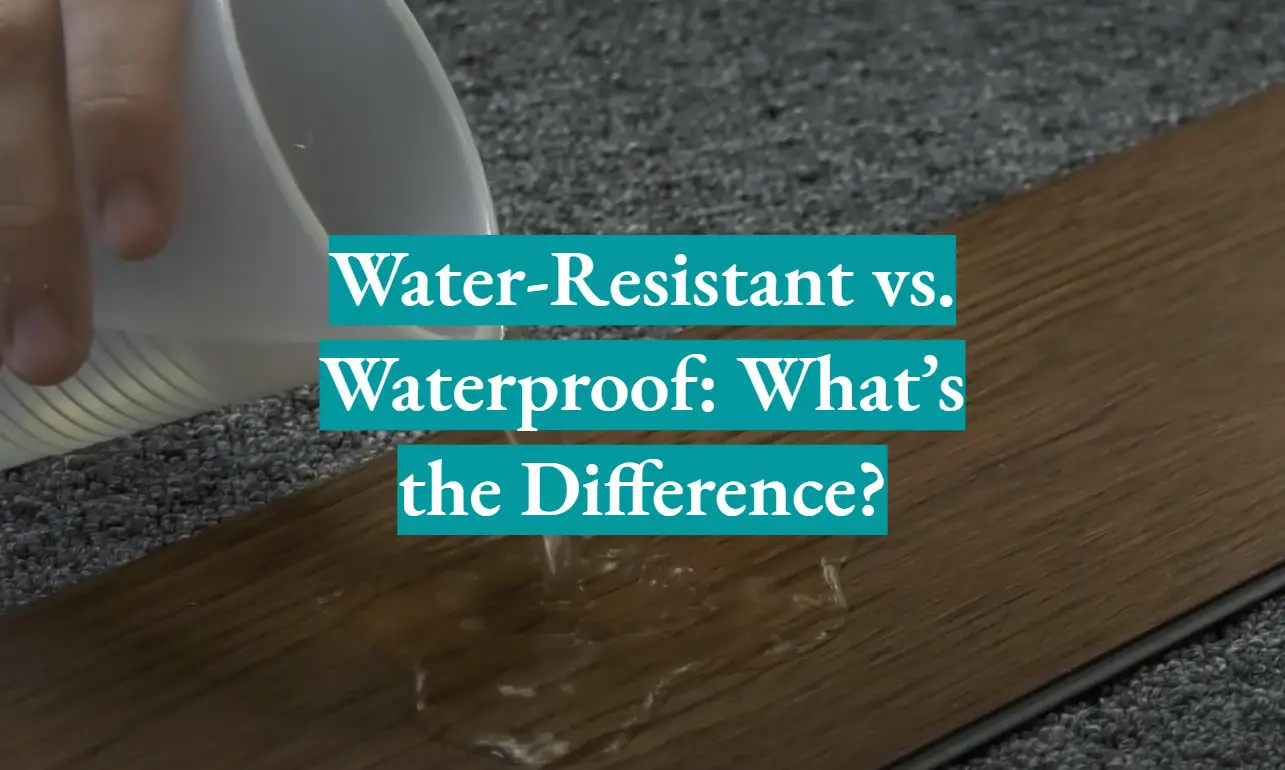
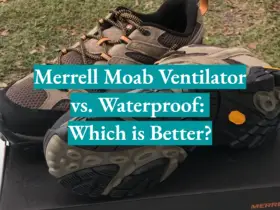
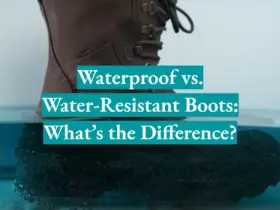

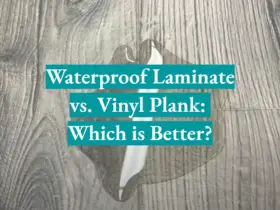
Leave a Reply